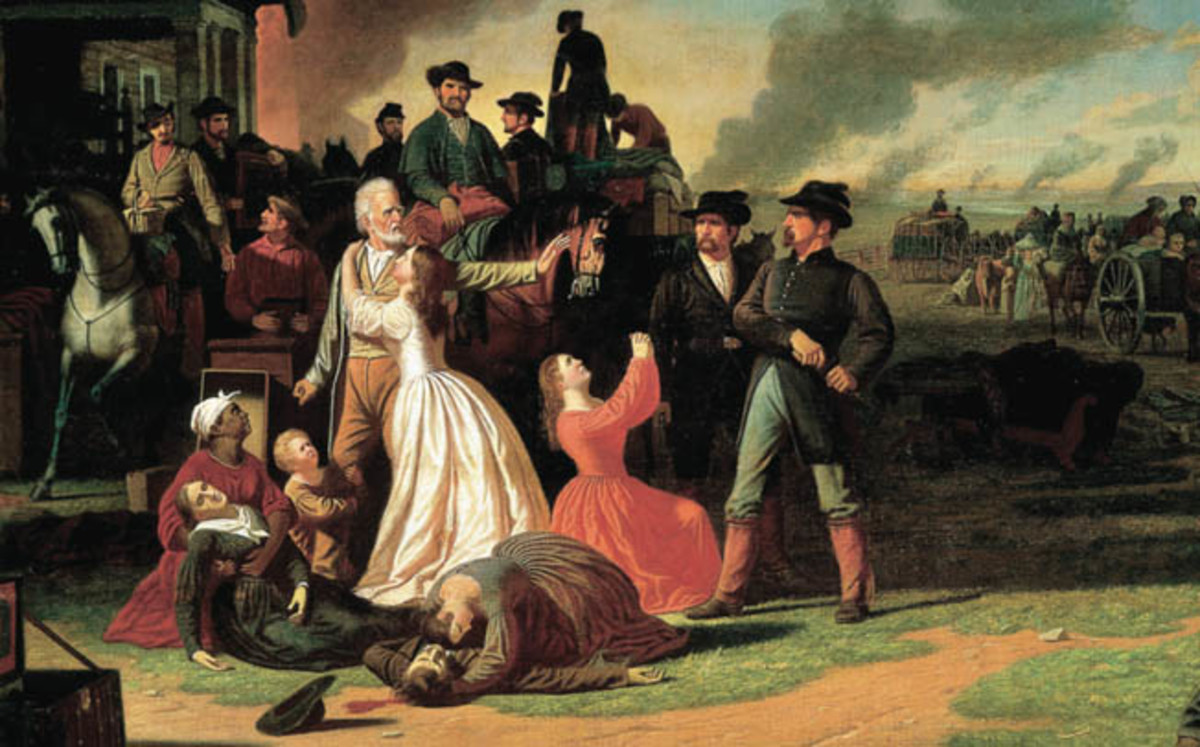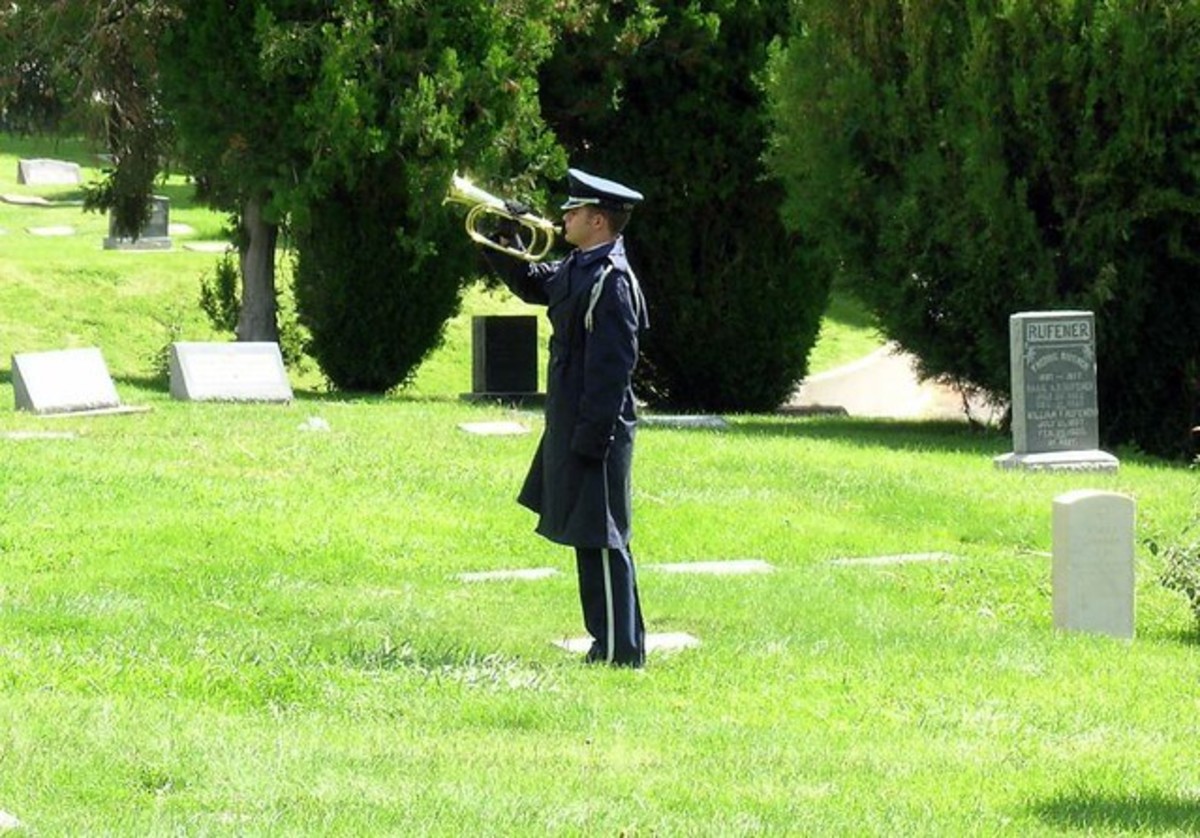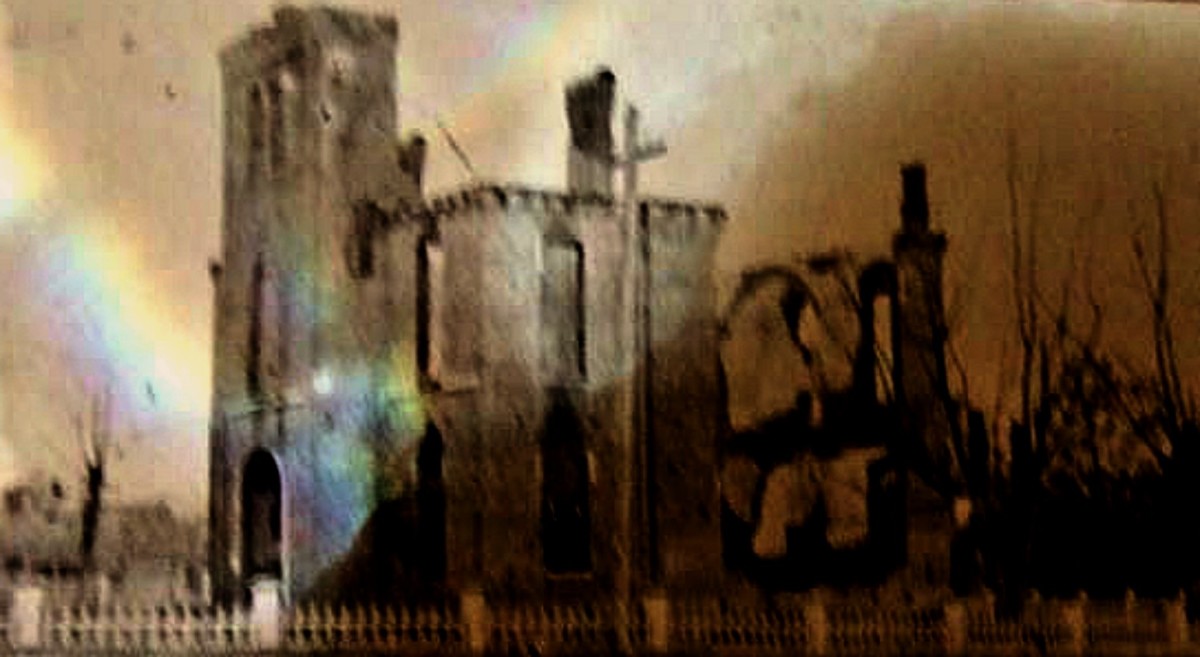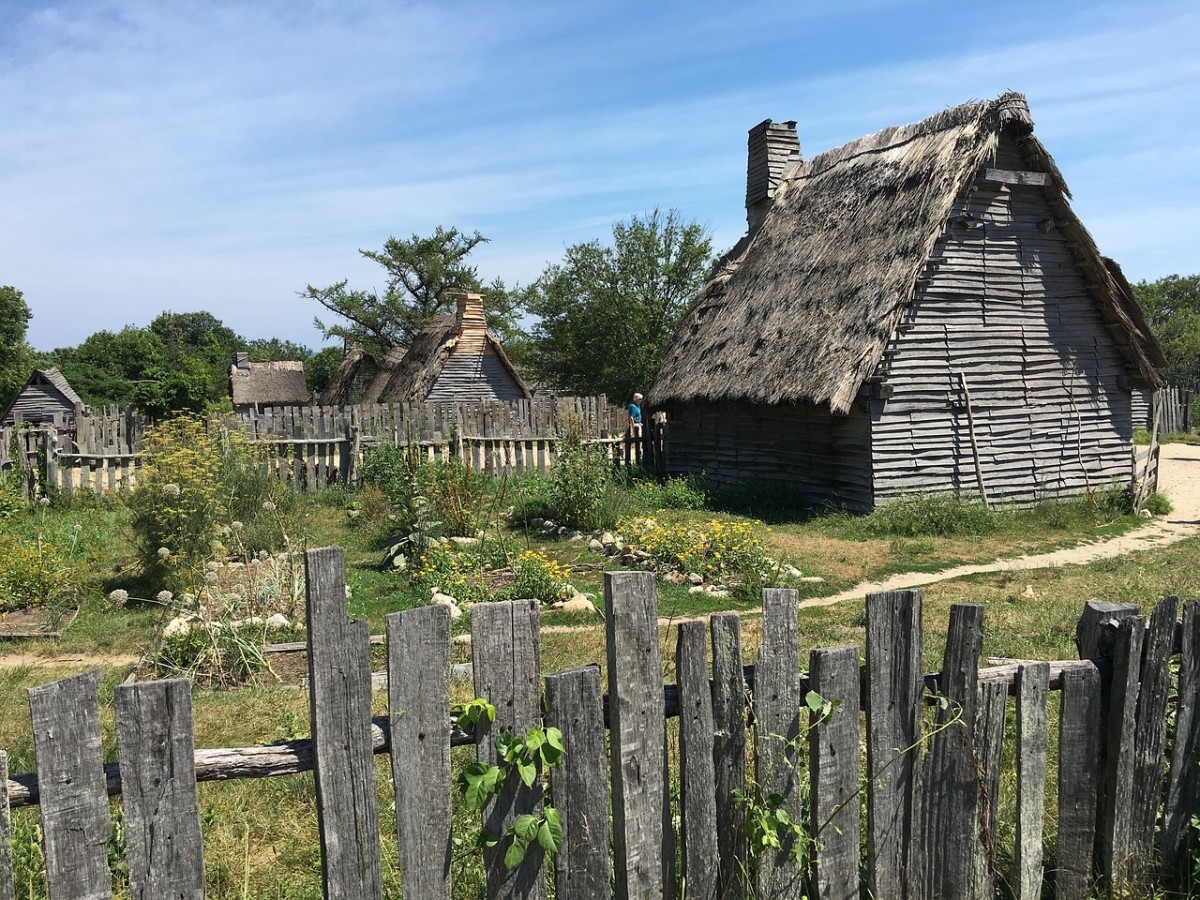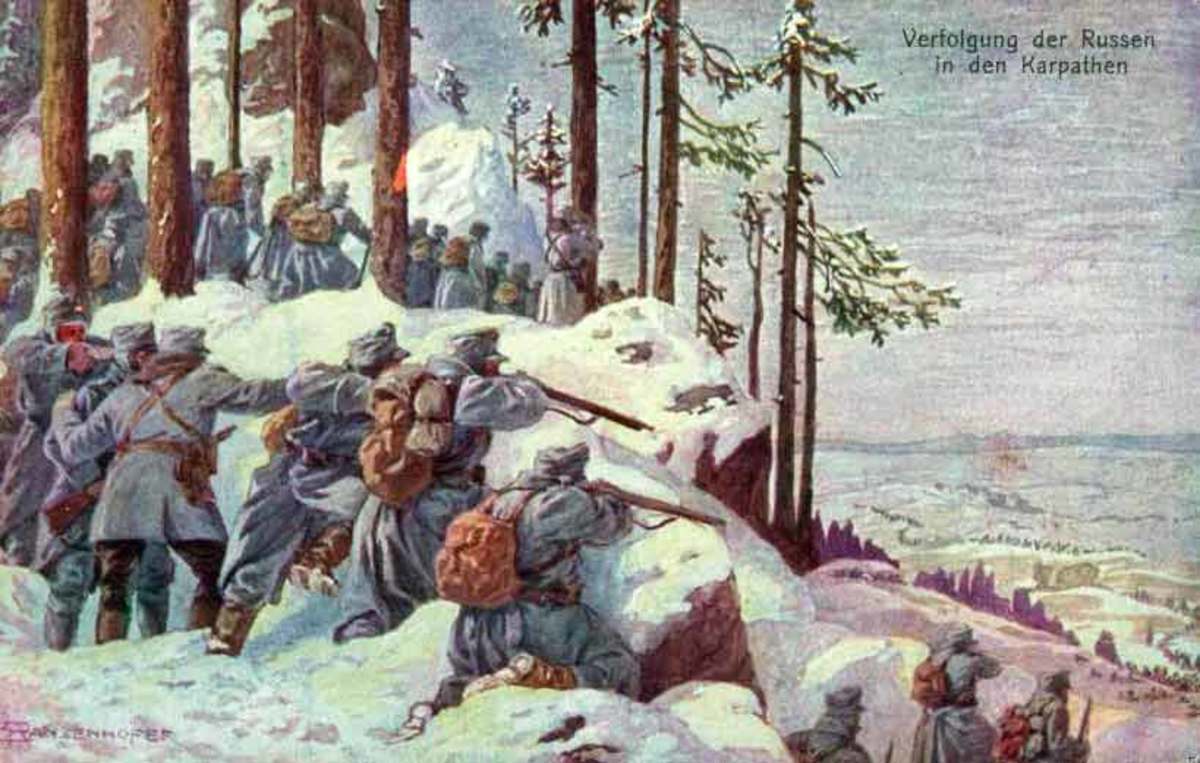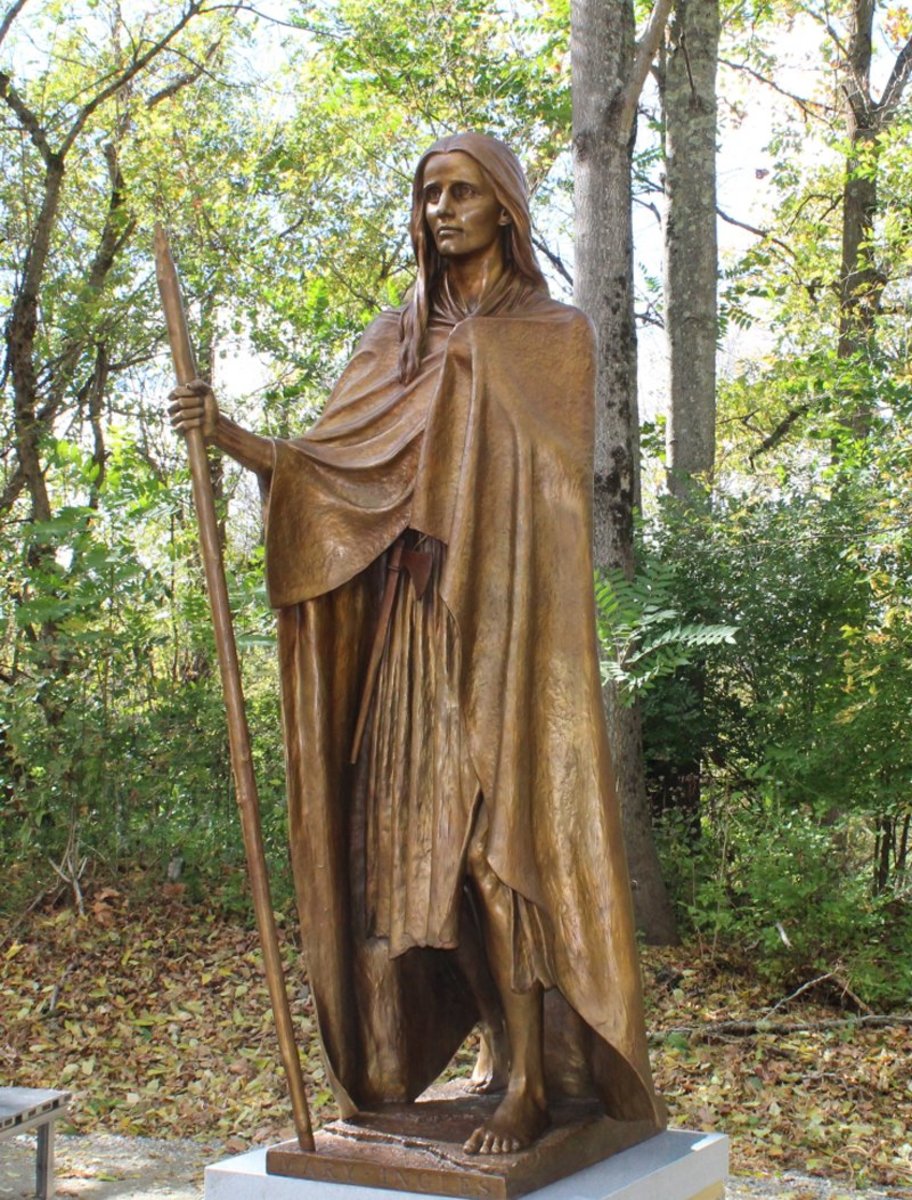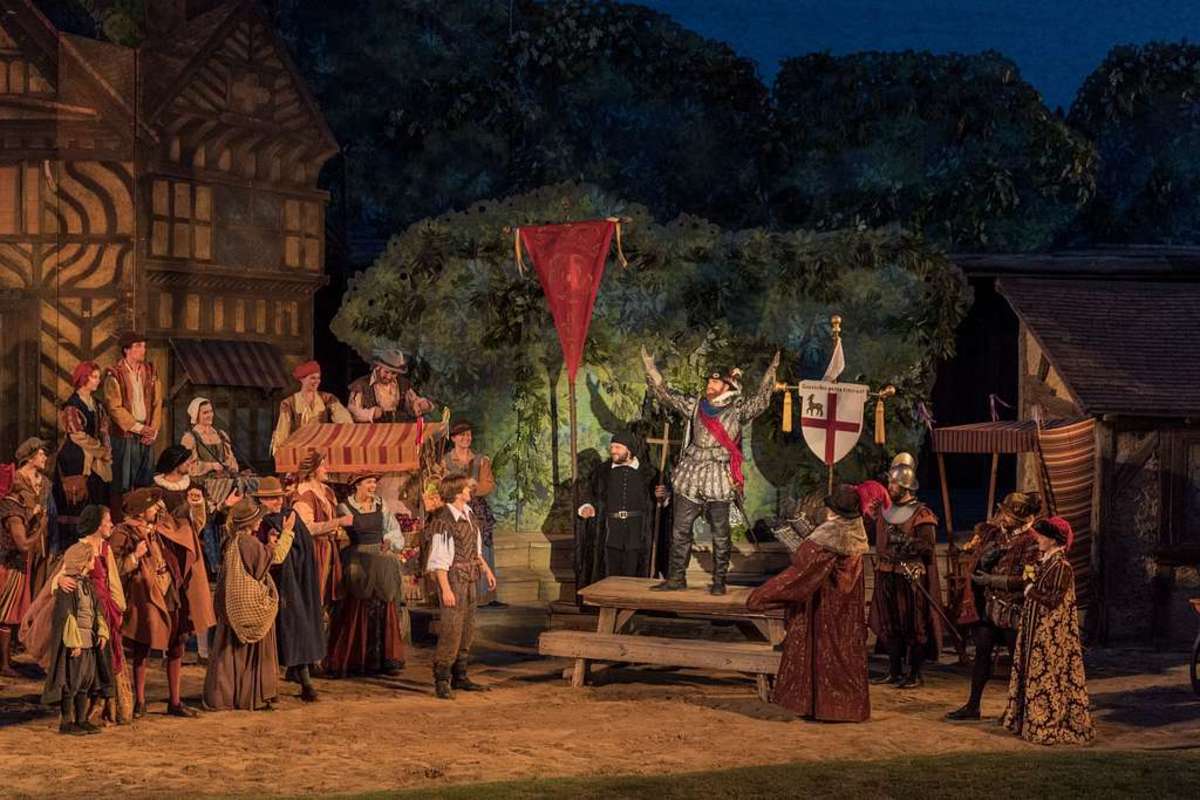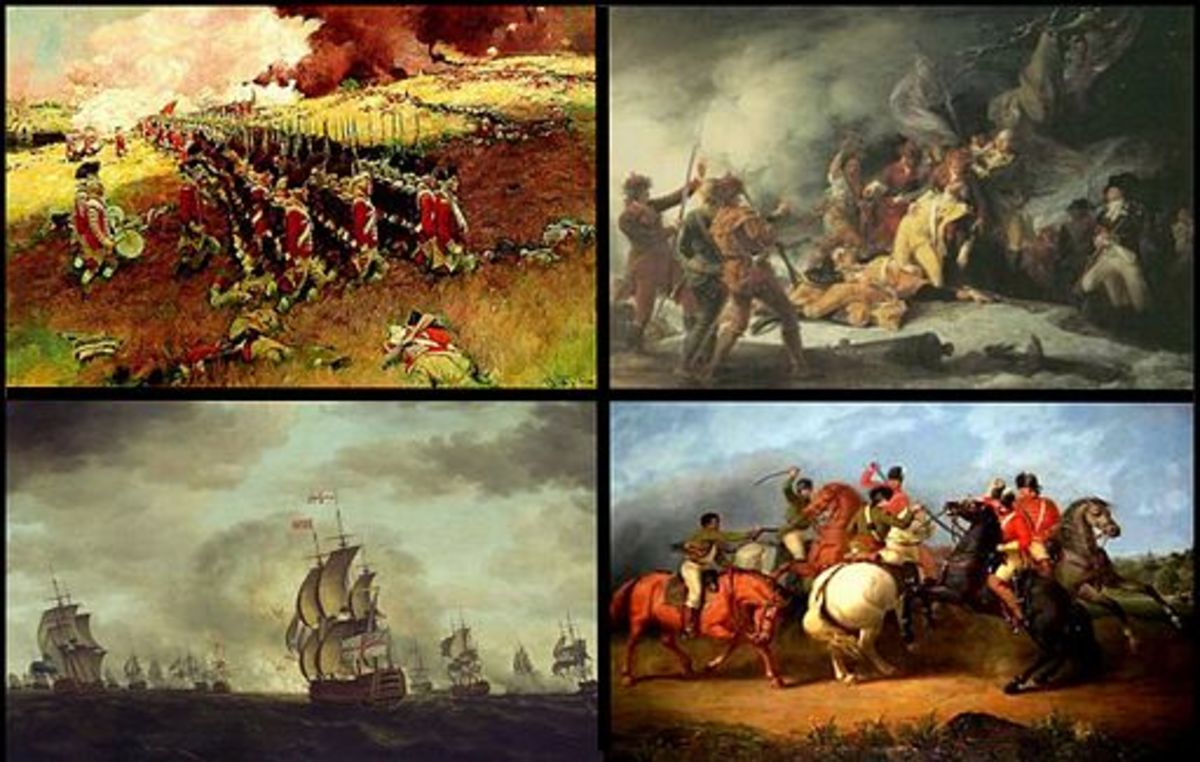- HubPages»
- Education and Science»
- History & Archaeology»
- History of the Americas
Taps, Our National Bugle Call
Taps, one of the most recognizable bugle calls in history, is marking its 150th anniversary this year. It would be hard to find someone who hasn’t heard the mournful 24 notes signifying the close of a military funeral or ceremony.
How did this memorable piece of music come to be written? One story is that a dying soldier had been pulled to the Union encampment by Captain Robert Ellicombe. He was shocked to discover the soldier turned out to be his son, who had been in the south studying music when war broke out. As the story goes, Ellicombe’s request for a military burial for his son was granted except he was allowed only one musician instead of a full military band. Ellicombe chose a bugler and asked him to play the 24 notes he had found on the paper in his son’s pocket.
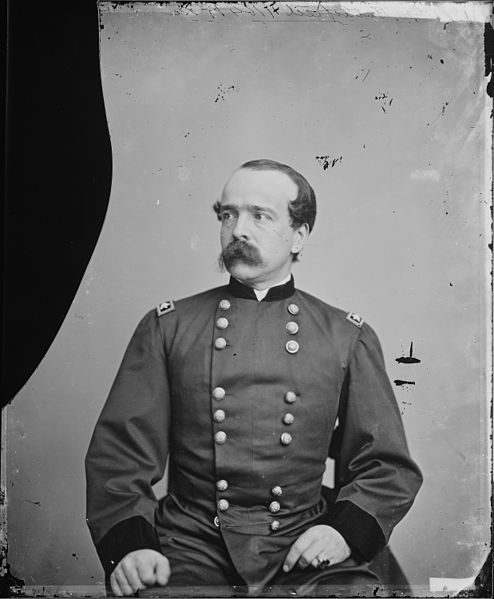
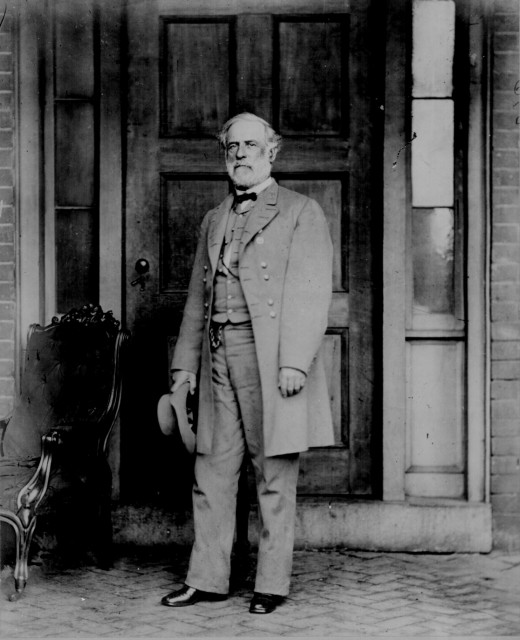
The Real Story of Taps, Our National Bugle Call
Jari Villanueva, a bugler and historian, says this story isn’t true. The song’s real history is a bit more complicated.
Although quintessentially American, Taps has its roots in a French bugle call.
Armies used buglers and drummers to signal to soldiers over the sounds of battle various movements such as advance or retreat. These calls were printed in various army manuals so all officers used them. At that time, the signal for Extinguish Lights (Lights Out) was music that had been borrowed from the French.
Union General Daniel Butterfield did things a little differently. He couldn’t read or write music but like all officers, he had to learn to play the calls on the bugle. He also developed particular calls just for his brigade, the Third Brigade, First Division, Fifth Army Corps, Army of the Potomac so they could distinguish his commands from others on the battlefield.
Taps came about with the help of the brigade bugler, Oliver W. Norton. This was when Butterfield’s troops were recovering from The Seven Days Battles at Berkeley Plantation on Harrison’s Landing in Virginia. Butterfield had joined Maj. Gen. George B. McClellan’s Army of the Potomac for the Peninsula Campaign, an attempt to capture the Confederate capital of Richmond, Va.
Union and Confederate troops fought six major battles in seven days, starting on June 25, 1862. Although the campaign started out well for Union troops, they quickly lost the initiative as Gen. Robert E. Lee’s Confederate troops pushed back. The Union troops finally made a full retreat to the plantation at Harrison’s Landing on the James River.
How Did the Final Version of Taps Come About?
Just as armies used Extinguish Lights to signal lights out, there was another call that signaled the end of the day. Tattoo was used to notify troops to end their evening’s drinking and prepare them for bedtime roll call. This was sounded about an hour before the Extinguish Lights call.
Tattoo was mentioned in three army manuals and there were two versions used. One was called the Scott Tattoo and was used from 1835-1860. It could be found in the Winfield Scott manual of 1835. The second version of Tattoo came into use just before the Civil War and replaced the Scott Tattoo sometime during the war years.
Because Butterfield didn’t read or write music, Villanueva believes that Butterfield took the second Tattoo and changed it, incorporating the first eight measures of Extinguish Lights. He also has noted that with conditions so bad after the battles – diseases, heat and humidity, mosquitoes and dying soldiers – it is unlikely that Butterfield could have spent the time composing music.
It didn’t take long for Taps to become popular with other buglers in the Union army. According to a letter Norton wrote to Gustav Kobbe, a music historian and critic, after sounding Taps that first night, other buglers came to him asking for copies of the music. Eventually, he said, the call was gradually taken up by the Army of the Potomac and later spread throughout other units.
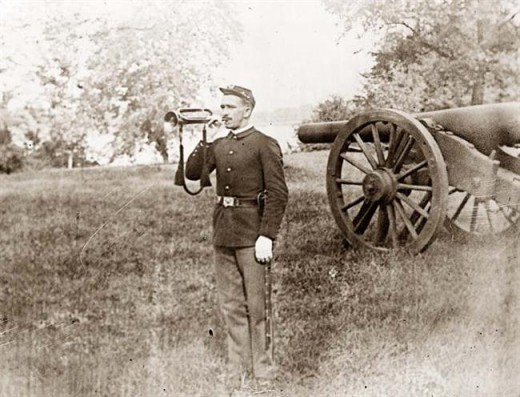
The video below is a 6+ minute narrative by bugler and historian Jari Villanueva. In it, he mentions the myth of finding the music in the pocket of a southern soldier's uniform and gives a brief explanation of how Taps really came about. He also relates an interesting story about the Dutch origins of the title “Taps."
Taps The Bugler's Cry-The Origin of Sounding Taps
Taps gained worldwide exposure at John F. Kennedy’s funeral. Sergeant Keith Clark was Principal Bugler of the U.S. Army Band when President John F. Kennedy was assassinated Nov. 22, 1963. He was asked to sound Taps at Arlington Cemetery where Kennedy was interred. Clark had flawlessly played Taps many times before. That day, however, he missed the sixth note.
Author William Manchester likened it to a “catch in your voice, or a swiftly stifled sob.” Some thought it to be a deliberate effect but Clark said he just missed a note under pressure.
In the weeks following, the broken note seemed to take on a life of its own with the same note being missed by other buglers at Arlington.
You can hear Clark sounding Taps in the video below.
TAPS 150
TAPS 150 is an organization dedicated to the commemoration of what it calls “our national bugle call.”
Two events held May 19, 2012 launched the tribute that will run through June 2012.
One event was held in the Old Amphitheater at Arlington National Cemetery. Buglers and trumpeters from around the country arrived in Arlington for the once-in-a-lifetime event. After a brief ceremony, they joined together in a mass sounding of Taps. Then buglers were able to choose any location in Arlington to sound Taps again following the noon chimes. For some, it was an opportunity to sound taps at the grave of a loved one.
The second event was held at 9 p.m. in Memorial Chapel at Union College in Schenectady, New York. A brass band made up of the college’s students and faculty as well as professional musicians performed music from the Civil War era.
Other events TAPS 150 has planned
On Memorial Day, May 28, 2012, Taps will be sounded at the Taps Monument at Berkeley Plantation in Virginia. This will take place at 3 p.m. as part of the National Moment of Remembrance.
On Sunday, June 3, 2012, TAPS 150, Bugles Across America and 20th Century Limited Drum and Bugle Corps will sound echo Taps across the Walkway Over the Hudson from Poughkeepsie to Highland in New York.
Birth of an American Tradition
The anniversary year of Taps will culminate in a three-day event June 22-24, 2012. Birth of An American Tradition will be held at Berkeley Plantation in Charles City, VA.
The three-day event will feature Civil War re-enactors as they depict the Union Army at rest at Harrison’s Landing following the Seven Days Battles in late June 1862. Music by fife and drum corps as well as buglers and military bands will be heard throughout the weekend. Visitors will be able to see living history and bugle exhibits and Virginia’s Civil War HistoryMobile will be on the grounds. The main event will be the re-dedication of the Taps Monument on Saturday at 11 a.m.

How Did Taps Become Associated with Funerals?
Several days after Butterfield and Norton worked together to revise Scott’s Tattoo, a Union soldier was killed in action. Traditional military protocol requires a three-volley salute but because there were still enemy troops around them, the officer in charge Captain John C. Tidball of Battery A, Second Artillery, ordered that Taps be played instead.
This first sounding of Taps at a military funeral is commemorated in a stained glass window at the Chapel of the Centurion (The Old Post Chapel) at Fort Monroe, Virginia. The window is based on a painting by Sidney King and shows a bugler and a flag at half-staff. A ribbon at the bottom reads “Taps 1862.” The window was made by R. Geissler of New York and dedicated in 1958.
The 1891 U.S. Army Infantry Drill Regulations is the earliest reference to using Taps at military funerals. Today, it is played at funerals, wreath-laying ceremonies and other occasions memorializing the American men and women who have lost their lives in defense of the U.S.
What is the National Moment of Remembrance?
In 2000, the 106th Congress passed Public Law 106–579 in which Congress called on Americans to take one minute to honor the men and women of the United States who died in the pursuit of freedom and peace. The National Moment of Remembrance was designated as 3 p.m. local time. This particular moment was chosen because it is most likely to be when most Americans are enjoying their freedoms on the national holiday.
What is the Taps Monument?
Berkeley Planation was headquarters and supply base for Gen. George B. McClellan’s Union troops while they recovered from The Seven Days Battles. Twice during the summer of 1862 Lincoln visited the plantation to confer with his military leader.
The plantation was also the birthplace of Taps. In 1969, a monument was erected on a knoll where General Daniel Butterfield’s tent stood in July 1862 and commemorated on July 4, 1969.
Over the years, the monument has deteriorated from the weather. In April 2012, TAPS 150 took on the project of renovating the monument, cleaning it and providing landscaping. A new plaque will be erected and a sound system installed so that everyone can hear the three-minute audio on the history of taps. A recording of historian and bugler Jari Villanueva playing Taps will follow.
Walkway Over the Hudson
The Hudson River was a strategic location important the Revolution because it was a transportation and supply route for American armies.
Berkeley Plantation
Berkeley Plantation is the site of a monument dedicated to the birthplace of Taps.

